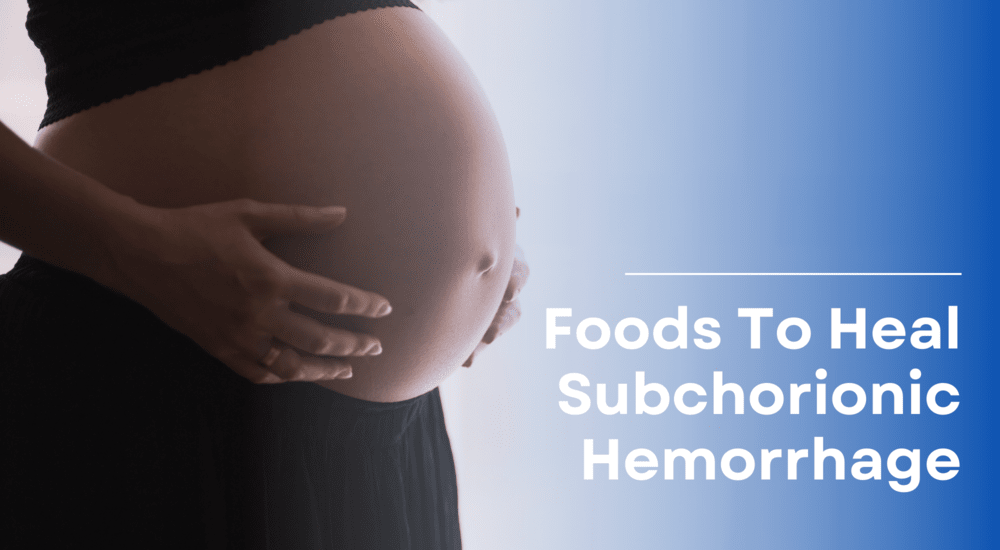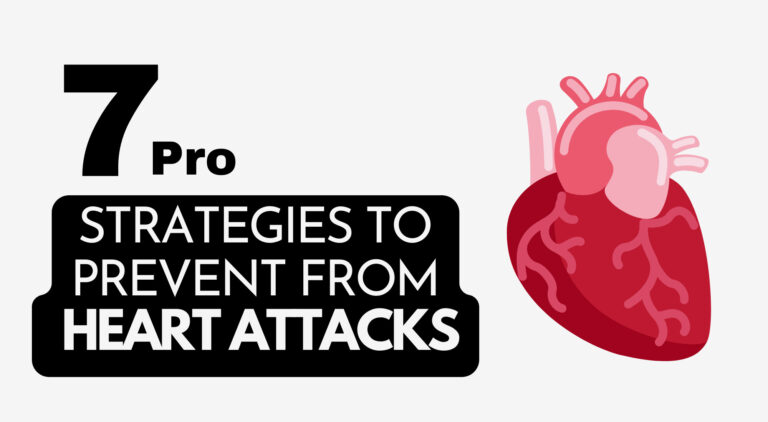Subchorionic hemorrhage, also known as a subchorionic hematoma, is a condition that occurs during pregnancy. It is characterized by the accumulation of blood between the placenta and the uterine wall, resulting in a clot or hematoma. This condition is not uncommon and can affect up to 20% of pregnant women. It is important for pregnant women to be aware of the symptoms of subchorionic hemorrhage and to seek medical attention if they experience any unusual vaginal bleeding or pelvic pain. Early diagnosis and treatment can help prevent complications and ensure the best possible outcome for both the mother and the baby.
Lets move ahead in the article and know more about subchorionic hematoma, it’s symptoms, cure and how you can quickly heal from it eating some highly effective foods and consuming proper vitamins out of it.
At The Time Of Pregnancy
The prognosis for subchorionic hemorrhage varies depending on the severity of the condition. In most cases, the hematoma will resolve on its own and will not have any lasting effects on the pregnancy. However, in rare cases, subchorionic hemorrhage can lead to complications such as placental abruption or preterm labor.
The exact cause of subchorionic hemorrhage is unknown, but it is believed to be related to the separation of the placenta from the uterine wall. This separation can be caused by a variety of factors, including trauma, infections, and abnormalities in the uterus.
Subchorionic hemorrhage can be diagnosed through ultrasound imaging. Treatment for this condition typically involves bed rest and monitoring the pregnancy closely. In some cases, medication may be prescribed to help prevent contractions and reduce the risk of premature delivery.

Symptoms & Causes
The most common symptom of subchorionic hemorrhage is vaginal bleeding during pregnancy. The bleeding can range from light spotting to heavy bleeding, and may be accompanied by cramping or abdominal pain. Other symptoms may include:
- Back pain
- Nausea
- Vomiting
- Dizziness
- Fainting
- Vaginal bleed
- Shoulder pain
It is important to note that some women with subchorionic hemorrhage may not experience any symptoms at all. Lets talk about some causes of it below.
The exact cause of subchorionic hemorrhage is not known, but there are several factors that may increase the risk of developing this condition. These factors include:
- Advanced maternal age: Women who are older than 35 are at a higher risk of developing subchorionic hemorrhage.
- Previous miscarriage: Women who have had a miscarriage in the past are at a higher risk of developing subchorionic hemorrhage.
- Trauma: Trauma to the abdomen or pelvis can cause subchorionic hemorrhage.
- Infection: Infections such as bacterial vaginosis, chorioamnionitis, and pelvic inflammatory disease can increase the risk of developing subchorionic hemorrhage.
- Placental abnormalities: Placenta previa, placental abruption, and other placental abnormalities can increase the risk of subchorionic hemorrhage.
Complications of Subchorionic Hemorrhage
Subchorionic hemorrhage can increase the risk of complications during pregnancy, including:
- Miscarriage: Women with subchorionic hemorrhage are at a higher risk of miscarriage, particularly in the first trimester.
- Preterm labor: Subchorionic hemorrhage can increase the risk of preterm labor, which can lead to premature birth.
- Placental abruption: In some cases, subchorionic hemorrhage can lead to placental abruption, a serious complication that can cause fetal distress and premature birth.
- Infection: Subchorionic hemorrhage can increase the risk of infection, which can be dangerous for both the mother and the fetus.
Foods To Heal Subchorionic Hemorrhage
While there is no specific food that can cure subchorionic hemorrhage, a healthy and balanced diet can support the body’s natural healing process and help prevent further complications. In this article, we will discuss some of the best foods to eat to heal subchorionic hemorrhage.
- Leafy greens
Leafy greens such as spinach, kale, and collard greens are packed with vitamins and minerals that can help heal subchorionic hemorrhage. These vegetables are high in vitamin K, which is essential for blood clotting and can help reduce bleeding. They are also rich in folate, which is important for fetal development.
- Citrus fruits
Citrus fruits such as oranges, grapefruits, and lemons are high in vitamin C, which is essential for wound healing. Vitamin C also helps boost the immune system, which can help prevent infections.
- Lean proteins
Lean proteins such as chicken, fish, and tofu are high in iron, which is essential for the production of red blood cells. Iron can help prevent anemia, which can be a complication of subchorionic hemorrhage.
- Whole grains
Whole grains such as brown rice, quinoa, and whole-wheat bread are high in fiber, which can help regulate digestion and prevent constipation. Constipation can put pressure on the uterus and worsen subchorionic hemorrhage symptoms.
- Nuts and seeds
Nuts and seeds such as almonds, pumpkin seeds, and chia seeds are high in omega-3 fatty acids, which have anti-inflammatory properties that can help reduce swelling and inflammation. Omega-3s can also help support fetal brain development.
- Fermented foods
Fermented foods such as yogurt, kefir, and kimchi contain probiotics, which can help support a healthy gut microbiome. A healthy gut microbiome is essential for overall health and can help prevent infections.
- Water
Staying hydrated is essential for healing and can help prevent dehydration, which can worsen subchorionic hemorrhage symptoms. Drinking plenty of water can also help regulate digestion and prevent constipation.
Natural Remedies To Heal Subchorionic Hemorrhage
While medical treatment is often necessary, there are some natural remedies that can help promote healing and alleviate symptoms. In this article, we will discuss some natural remedies to heal subchorionic hemorrhage.
- Bed Rest
Bed rest is a common recommendation for pregnant women with subchorionic hemorrhage. Resting can help reduce the amount of pressure on the uterus and placenta, allowing the body to heal and recover. Bed rest does not mean that you should stay in bed all day, but it does mean that you should take it easy and avoid strenuous activities.
- Pelvic Rest
Pelvic rest is another common recommendation for pregnant women with subchorionic hemorrhage. This means avoiding sexual intercourse, tampon use, and douching. These activities can put pressure on the uterus and increase the risk of bleeding.
- Stress Reduction
Stress can have a negative impact on the body, and it can worsen subchorionic hemorrhage symptoms. Stress reduction techniques such as meditation, deep breathing exercises, and yoga can help promote relaxation and reduce stress.
Final Words…
The exact cause of subchorionic hemorrhage is not known, but several factors can increase the risk of developing this condition. While medical treatment is often necessary for subchorionic hemorrhage, natural remedies can be used to help promote healing and alleviate symptoms. Bed rest, pelvic rest, stress reduction, hydration, pineapple, turmeric, and vitamins and supplements can all be used to help support the body’s natural healing process.
Disclaimer** It is important to consult with a healthcare provider before using any natural remedies to ensure they are safe and effective for your individual needs.




